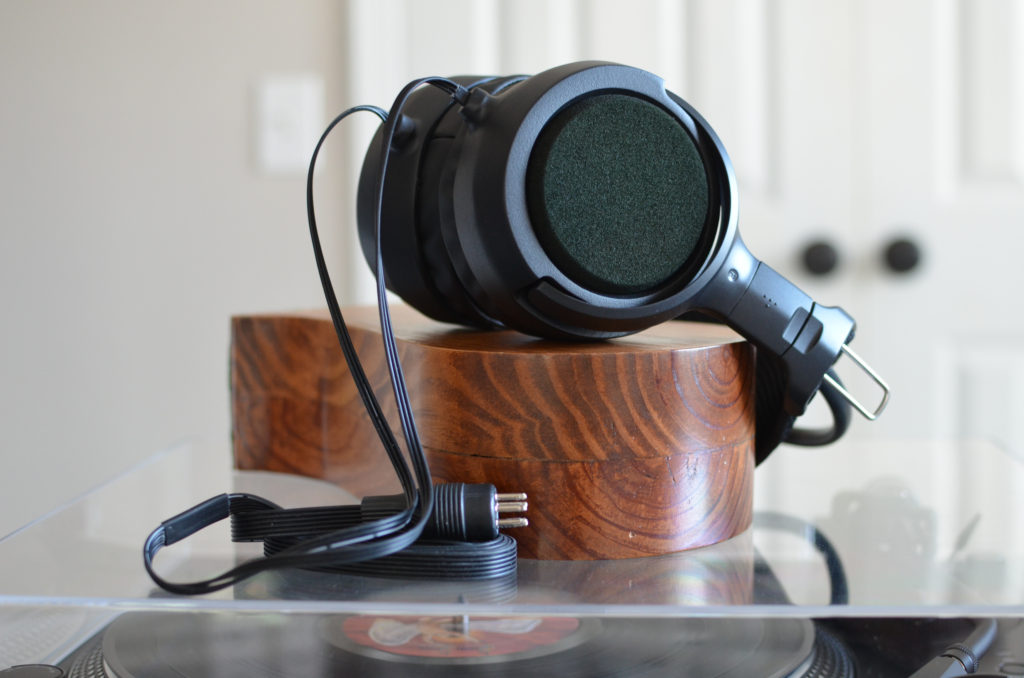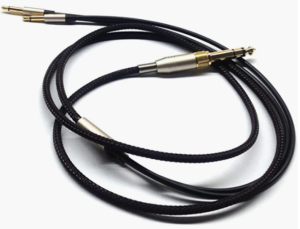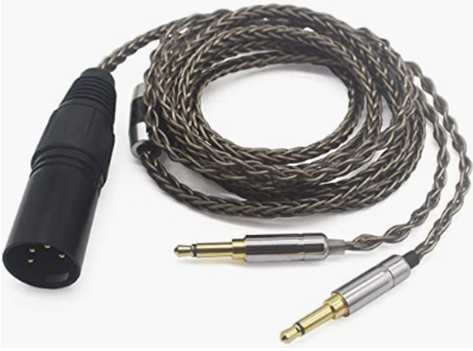FAQ - HiveX
Q: Sticking phenomenon, what is that?
A: If you apply abrupt pressure to the headphones while they are energized the diaphragm can stick to the stators. You may notice some sounds or change the sound quality and loss of bass. If the sticking does happen then unplug the headphone plug and touch all the pins together with your thumb (on the headphone plug, not the amp..) to discharge the diaphragm. You can hear the diaphragm unstick and spring back into place (it sounds like your ears popping and sometimes takes 2 seconds and sometimes 10 seconds, you have to listen for it). You’ll usually hear one final “snap” once it completely unsticks. If it’s being stubborn or taking too long to unstick, you can “pump” the ear cup against your ear/head to apply pressure and agitate the diaphragm.
This phenomenon is by design. The tension of the diaphragm, and layering width is a large factor in the sticking and the design is optimized for audio clarity and bass. Most manufacturers get around this by a combination of controlling the surface charge and the tension, which usually leads to brighter, less bassy electrostatics that are tensioned higher to get a good yield of headphones that don’t stick. I have seen others use higher tension, much thicker spacings, and holes for air to escape.
Update: The HiveXS, released in January of 2025, should reduce the propensity for sticking. It achieves this by a couple of mods on the stator, and about a 10Hz higher tension in driver resonance (after Serial #7 on the tension). This does not change the bass response in an AB comparison between the HiveX and the HiveXS down to 20Hz and possibly lower depending on the seal. The tension is still 60Hz lower than a Stax L series. The one obvious stator modification is the center hole, this reduces the pull force on the diaphragm when “stuck”. The loss of drive strength by the center position is offset by the lowered air resistance, and it is actually louder on average than the HiveX. After building hundreds of these by hand for over 5 years, I was hoping to completely eliminate the sticking, however I cannot guarantee it, as it could sacrifice other aspects of the design.
For the most part, I have really great feedback on the headphones and this doesn’t seem to be an issue for most people as hardly anyone mentions it to me and many hardly experience it. I can listen to hours with this never happening, and once you learn how to carefully remove them, or gently adjust them, or perhaps putting them on before adjusting them, things like that, you can listen for hours without it ever happening. But everyone is different in how they use the headphones and in what environments (humidity, wet hair etc.). If you do apply abrupt pressure to the headphones, and they do stick, you may hear a swirling sound or some loss of bass, so you just need to unplug and discharge them.
Q: Can I pad roll with the HiveX?
A: Yes you can. The stock ear-pads are now slanted Orion sheepskin earpads but originally I used 100mm round BRAINWAVZ earpads. If you need to replace them, BRAINWAVZ has a few different options (sheep-skin, perforated, and velour for example) and different colors. The correct size to use is 100mm.
Q: Do you sell amplifiers?
A: I often get asked if I sell my Ambrosia design. While I can provide a PCB for the build for an experienced builder, I currently do not sell amplifiers fully assembled or as a kit.
Q: Do you still use a crumpled mylar dust cover?
A: During development I used a crumpled mylar dust cover but found it difficult to maintain repeatability and avoid deep bass resonance in musical corner cases. For this reason I use a sponge insert instead of a crumpled mylar dust cover. This insert is incredibly acoustically absorbent and acoustic measurements as well as extensive listening have shown that the sponge insert has little to no impact to the sound.
Q: I have a huge head, will this headphone fit?
A: The headband for the HiveX has a metal rod inside it and can tolerate quite a bit of adjustment and forming to give it a looser fit. This has worked for customers with larger head sizes.

FAQ - Ambrosia
Q: What kind of audio cable is used on the Ambrosia?
A: Stock Cable: Dual 3.5mm to 3.5mm and 6.3mm (1/4 inch) adapter – Single Ended.

Other Cable Options: 4-pin XLR Male to Dual 3.5mm Male – Balanced

